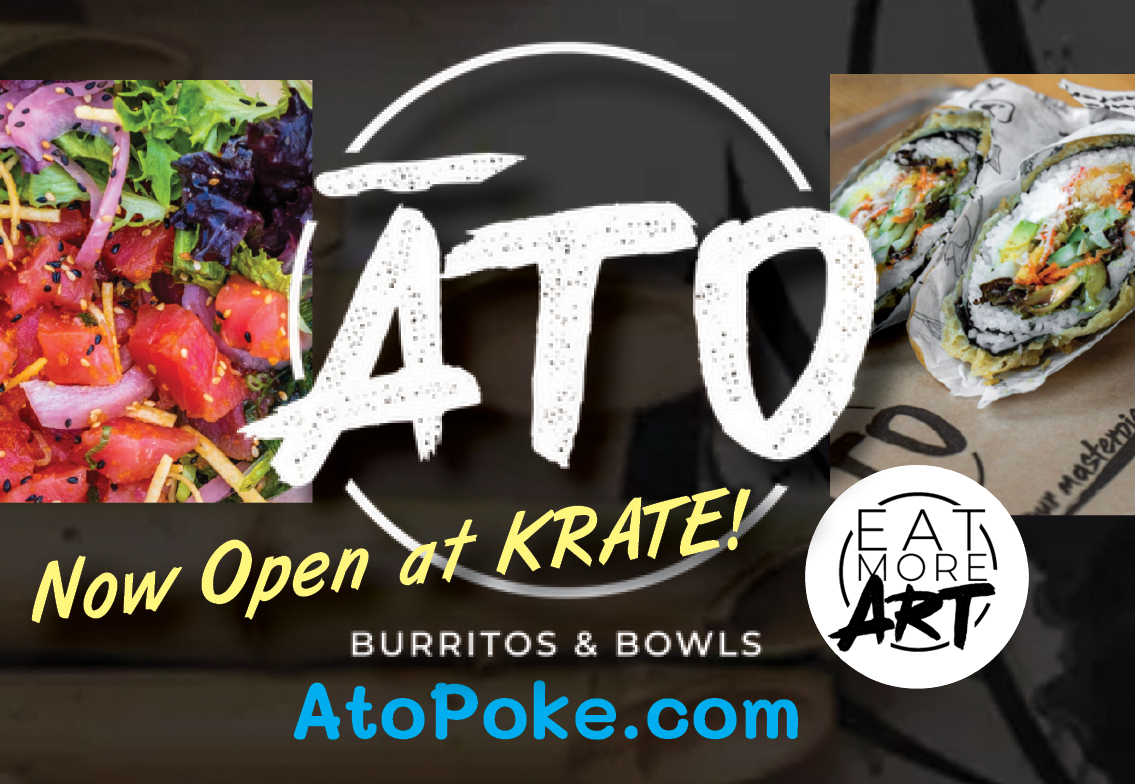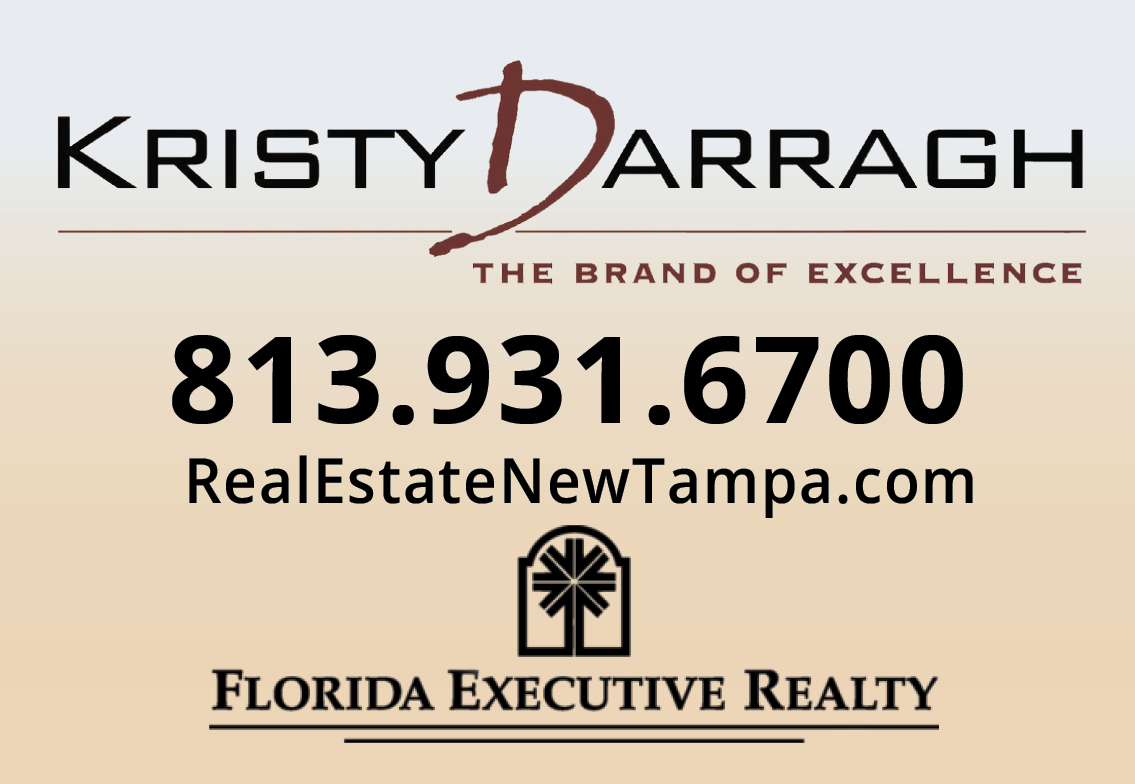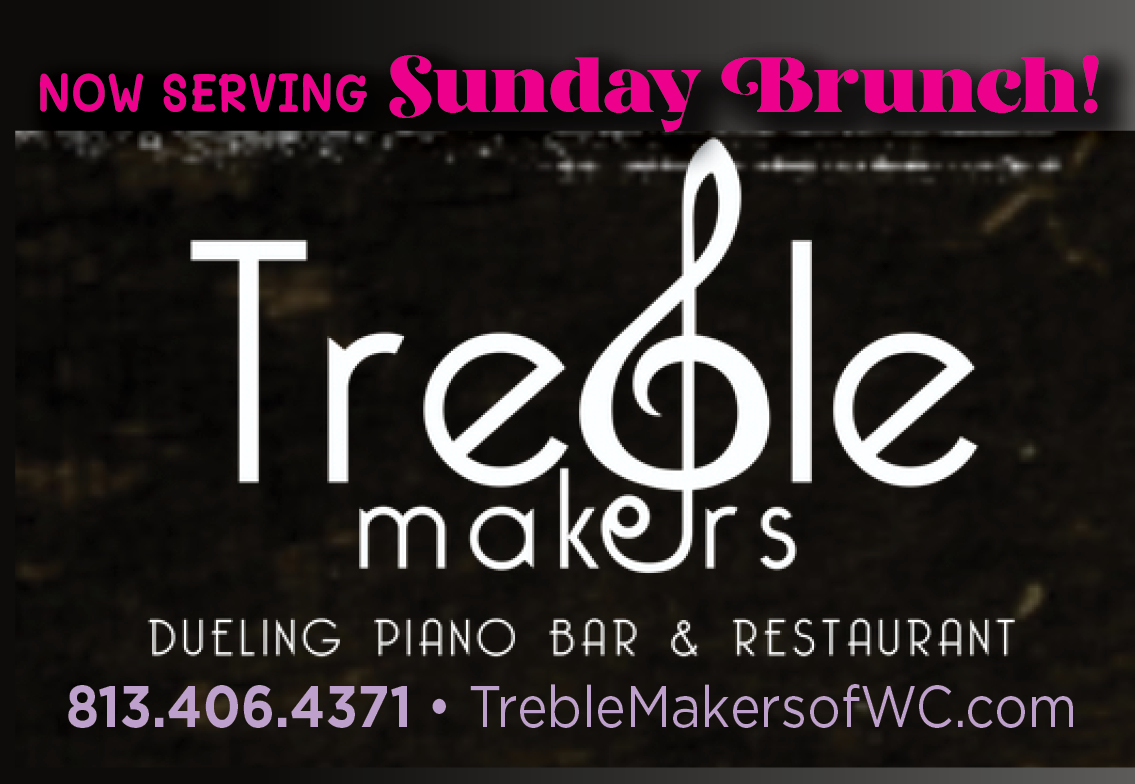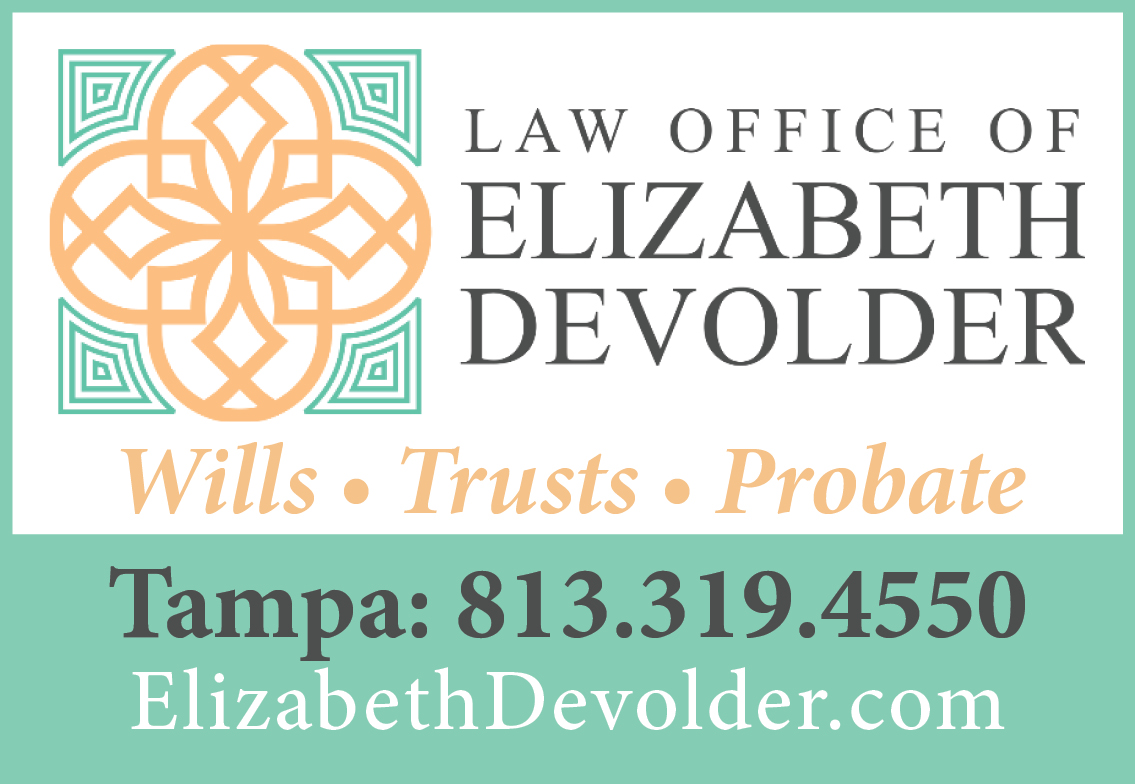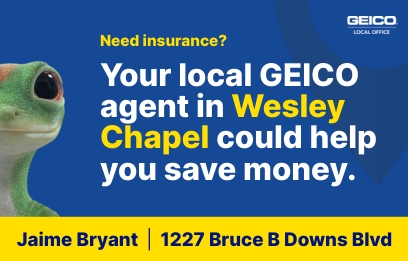Connected City, Sports Complex & Quail Hollow Kept The BCC Busy In 2017 We could probably dedicate all 48 pages of our upcoming Wesley Chapel issue to its rapid growth
Did you know that roughly 77-percent of consumers prefer email offers and promotions more than any other channel? The ease of sending out mass emails with a potentially huge audience
The online world has changed the way we look at and buy products or services. Online marketing is all about capturing the customer and being present at the right time
Many business owners are jumping into social media advertising and marketing without researching which would work best for the product or service they provide. The first thing to keep in
Great print ads captivate a reader and effectively deliver a message. It’s important to recognize that designing a successful print ad involves more than just producing something that looks clean







